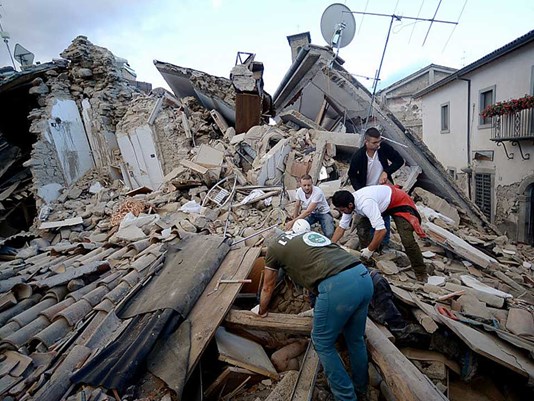

Scratch lines in rocks along faults may indicate the direction of fault ruptures in future quakes.
That is the finding of a GNS Science-led study published last week, which is said to be the first-time in which scientists have established a link between the shape, or curvature of the striations, and the direction in which a fault “un-zips” during an earthquake.
The study examined the Kekerengu Fault that ruptured during the November 2016 magnitude 7.8 Kaikoura earthquake. It points to evidence from the Kaikoura quake, with Wellington experiencing much stronger ground shaking than Christchurch even though the earthquake epicentre was closer to Christchurch. This was reportedly a result of the south-to-north direction of the rupture, which sent a large amount of seismic energy to the north.
GNS Science earthquake geologist and research co-author Russ van Dissen said the finding was still a hypothesis, but they “are putting it out there so it can be tested in the field.”
“The potential usefulness of our finding is significant and it is important that our hypothesis is tested on other faults,” Dissen noted. “If scientists can confidently deduce past directions of fault rupture propagation, that will improve the characterisation of damaging earthquake ground shaking.”
Information for when the findings are tested could be used to better plan for future earthquakes, and for designing more resilient buildings and infrastructure, van Dissen added.
Read more: Spotlight on… Building resilience
The lead author on the study was PhD student Jesse Kearse, supported by co-authors Yoshihiro Kaneko and Russ van Dissen of GNS Science and Professor Tim Little of Victoria University of Wellington.
